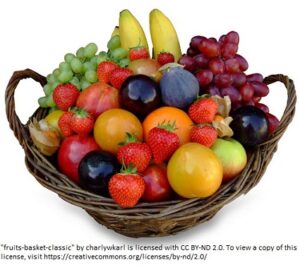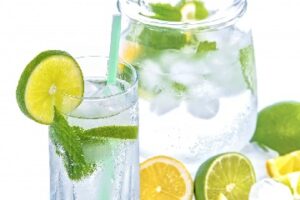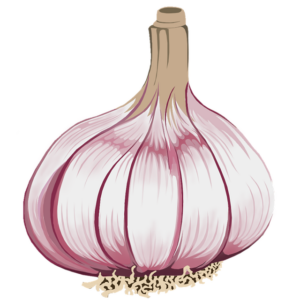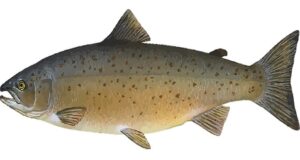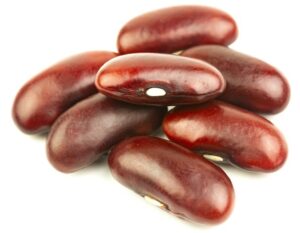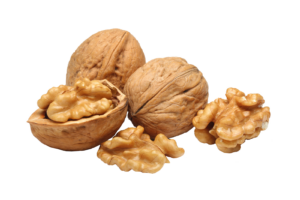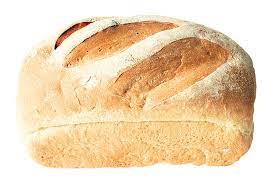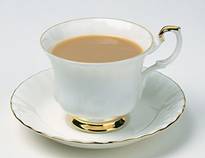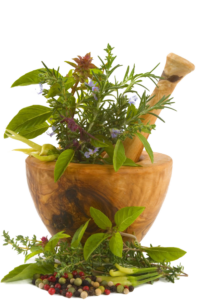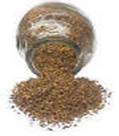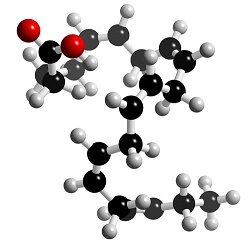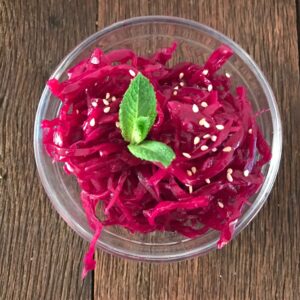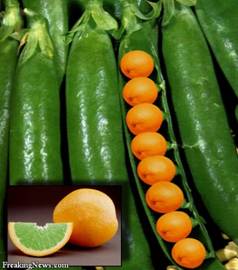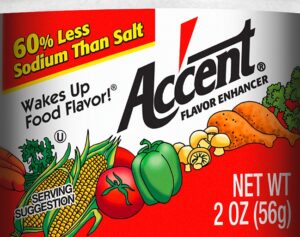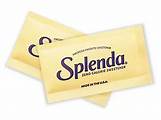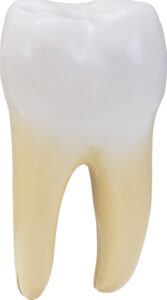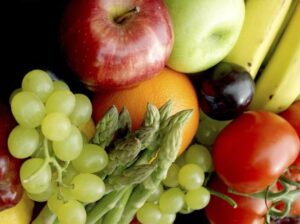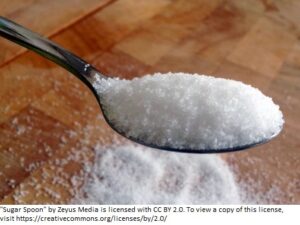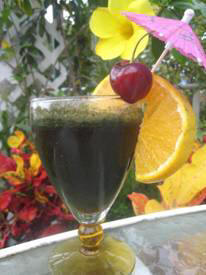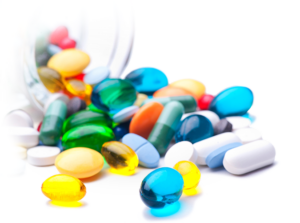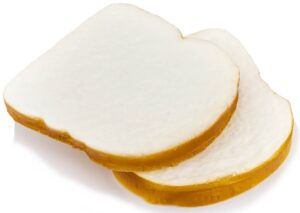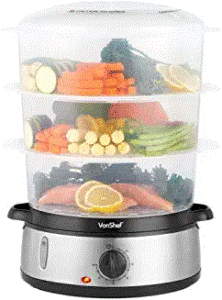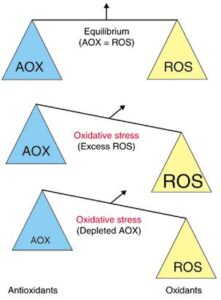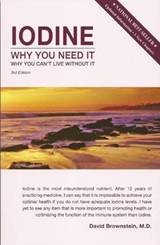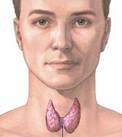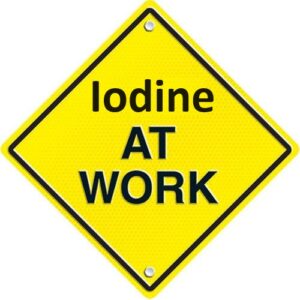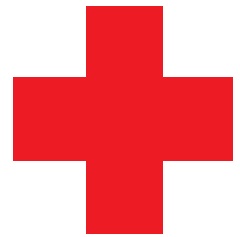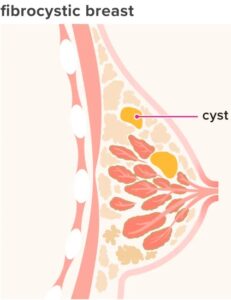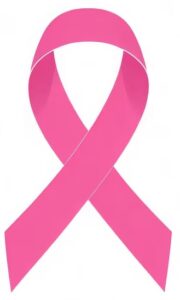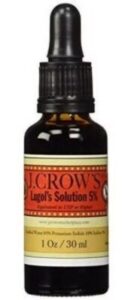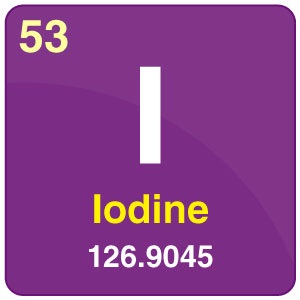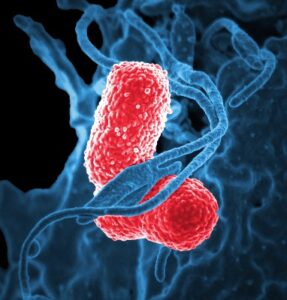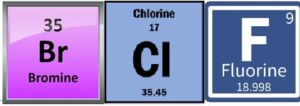
Food / Supplemental sources of iodine
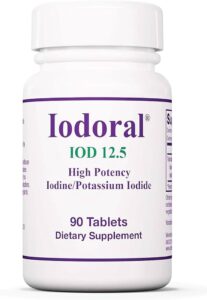
The body needs iodine to make thyroid hormones (in addition to other important functions).
Supplemental sources of iodine (into the milligram range)
The body needs iodine to make thyroid hormones (in addition to other important functions). Needed iodine must come from dietary sources or iodine supplements, such as those mentioned here. The form of iodine in supplements depends on the actual supplement.
Lugols solution
Iodoral ® (by Optimax)
- Iodoral® is Dr. Abraham’s high- potency, precisely quantified tablet form of Lugol’s solution. One tablet contains 5 mg iodine and 7.5 mg iodide as the potassium salt. To prevent gastric irritation, the iodine/iodide preparation from 5% Lugol’s solution is absorbed into a colloidal silica carrier, and to eliminate the unpleasant taste of iodine, the tablets are coated with a thin film of pharmaceutical glaze.
1 Iodoral tablet is equivalent to 2 drops of Lugol’s Solution
Super saturated potassium iodide (SSKI)
- 1 drop SSKI contains ~50mg iodide
- SSKI provides a high dose source of consumeable iodide. E.g. to be used to protect the thyroid before radio-active iodines are swallowed, to protect against radiation fallout and for use in other life-threatening situations
- SSKI can be used externally
- SSKI is not normally used as a daily nutritional supplement (which requires much lower amounts)
Nascent Iodine (aka Magnascent, Atomide or Detoxified iodine)
Atomic iodine (iodide, I- ) in liquid form. This negatively “charged” state is held by the atom until diluted in water and consumed, whence it gradually loses energy over a 2- 3 hour time span.;
- Produced by: reducing iodine to a 1% concentration in 100% ethyl alcohol, it is then electromagnetically transmuted (while being suspended in a wet bath containing a mild acid solution) into the atomic state;
- Expensive
- Low (microgram) iodine content. Similar content in food sources
Iodine tincture
- Iodine tincture contains elemental Iodine dissolved in ~45% alcohol /55%water. Since elemental iodINE does not dissolve well in water, 2.4% (by volume) sodium or potassium iodide is added to aid dissolution. Tincture is brown in color.
- Elemental iodine is obtained from brines containing iodine. Either natural brines or brines from oil wells
- Usually sold in 2-7% strength
- Sold labeled “FOR EXTERNAL USE ONLY”. Used as a first-aid antiseptic, but be warned – it stings!
Prolamine iodine® (by Standard Process)
- Organic form of iodine. 1 Tablet contains 3 mg iodine (20 x U.S. RDA). Some studies (at least with fibrocystic breast disease) show Iodoral® to be more effective than Prolamine Iodine®, others find Prolamine Iodine® equally effective with all conditions.
Triodide® (by Scientific Botanicals)
- Contains the same dose of iodine and iodide as in Lugol’s solution. However, this supplement combines iodine with the sea vegetable bladderwrack.
Sea-aloe gold®
- Special Formula for those with prolonged protein deficiency or GERD. When gut absorption of iodine is low due to prolonged protein deficiency. www.SeaAloeGold.com contains a mix of the Sea Minerals along with organic Aloe Barbadensis Miller (200:1) to soothe and promote a rapid healing of the gut epithelial tissue, plus promoting absorption of iodine up to 7X more than water. Product is also fungicidal, viricidal, and bacteriacidal. It is beneficial in GERD cases where stomach iodine reserves are low and the gastric mucosa inflamed, the aloe proves to be very healing and soothing to the epithelial lining of the stomach while also promoting iodine accumulation.
Organic iodine (Dr. Donsbach)
- Contains: 15mg iodine /capsule (from kelp and potassium iodide) + 400mg L-Tyrosine.
Iosol
- Contains iodine extracted from kelp and made into pure iodine crystals, and ammonium iodide synthesized from iodine and ammonium (NH4). Ammonium is different to ammonia (NH3), it is a form with superior bioavailability because it readily dissolves in water.
- Microgram dosages. 1830 mcg (1.83 mg) iodine /drop
Kelp tablets / Powder
- Common iodine supplement
- Kelp usually contains high levels of bromine, a goitrogen. Also many souces are contaminated with arsenic;
- Very low dose iodine. Usually only supplies microgams close to RDA
Pharmaceutical sources (not recommended)
- iodine-containing Drugs. Amiodarone, Cordarone, Pacerone, Iodoquinol, Yodoxin,Vytone
- Topical Ointments. Povidone and Betadine
Food sources of iodine (in the microgram range)
- In nature, iodine is usually found in its iodide (I–) form, rarely in its elemental iodine (I2) form. Iodide is a single, negatively charged iodine atom, usually found bound to an inorganic mineral or bound to the amino acid tyrosine as part of the mammalian thyroxine hormone
Poor iodine food sources (microgram range)
- Land vegetables. There is very little iodine in the soil. Iodine content can be improved by fertilizing with kelp, or irrigation with iodine-rich water; coastal regions have richer iodine content than inland, since iodide ions in seawater are oxidized to elemental iodine, which is volatilized by UV into the atmosphere and returned to the soil by rain.
Iodine content in vegetables (High to low) – kidney beans, asparagus, cabbage, garlic, tomatoes, lettuce, potatoes. Also lima beans, sesame seeds, radishes, rhubarb, peas, mushrooms,bananas, soybeans, spinach, Swiss chard, summer squash, turnip greens, onions.
- Fruit – (high to low) – pineapple, strawberries, grapes, and pears.
- Iodized Salt and Sea Salt. Iodized salt is not the wonderful iodine source frequently portrayed. Iodized salt contains only ~74 mcg iodide/gram (typically providing only ~200 mcg/day in the U.S.). The addition of an iodate (in E.U.) or iodide (in U.S. e.g. potassium or sodium iodide) to salt was designed to prevent goiter and cretinism, and never intended to supply the whole body’s optimal iodine requirements. To make matters worse, only 10% of sodium iodide in table salt is bio-available, due to competition for intestinal absorption with its chloride content. Abraham, G.E.: The concept of orthoiodosupplementation and its clinical implications. The Original Internist, 2004 . Sea-salt is also not a significant source of iodine
- Dairy contains a little iodine if cow consumes it. The breast concentrates milk making it a source of iodine, but only if the cow receives iodine in her diet. Sources include: Yogurt, cow’s milk, mozzarella Cheese (part skim)
- Egg YOLKS contain a small amount of iodine. Only If in the chickens’ diet
More concentrated iodine sources come from the sea (but still in the microgram range)
Seaweed located near coral reefs have inherent biologic capacity to concentrate iodine from seawater. The reef fish which thrive on it are also rich in iodine.
Seawater itself is NOT a particularly high source for iodine and contains 1400 times more of the goitrogen / carcinogen bromide. Its weak concentration of 0.05 PPM of iodide contains a negligible amount of iodide, whilst containing 70PPM bromide, not only a goitrogen, bromine is considered a carcinogen with narcoleptic properties; seaweed also concentrates other halides.
- Sea Vegetables / Seaweeds. This high protein-food is a standard component of the Asian diet and their highest dietary source of iodine; coastal populations have an especially high iodine intake. Finding toxin-free sea vegetables can be a problem
Brown seaweeds (Highest in iodine): include all forms of kelp (~1986mcg/Tbsp) – Types of edible kelp include Kombu (1454mcg /1-inch piece) and Wakame (~210 mcg /Tbsp); supplies ionic trace minerals and plant processed vitamins; Kelp is high in the essential sugars, which are integral to our immune proteins (gamma globulins), important in intercellular communication and are involved in red blood cell metabolism. Focus (aka. Bladder-wrack) is considered the best for underactive thyroids because it contains the most iodine. Kelp has been found to contain toxic arsenic and halides. Other forms of brown seaweeds are Hijiki/Hiziki (786mcg /Tbsp) , and Sargassum, Arame ( 732mcg /Tbsp)
- Red seaweeds: include dulse, nori (40mcg /sheet), Irish moss, and Gracilaria.
- Shellfish, white deep-water fish, cod liver oil. However, one would have to eat 4 – 6 pounds of fish to get 3 mg of iodine;



